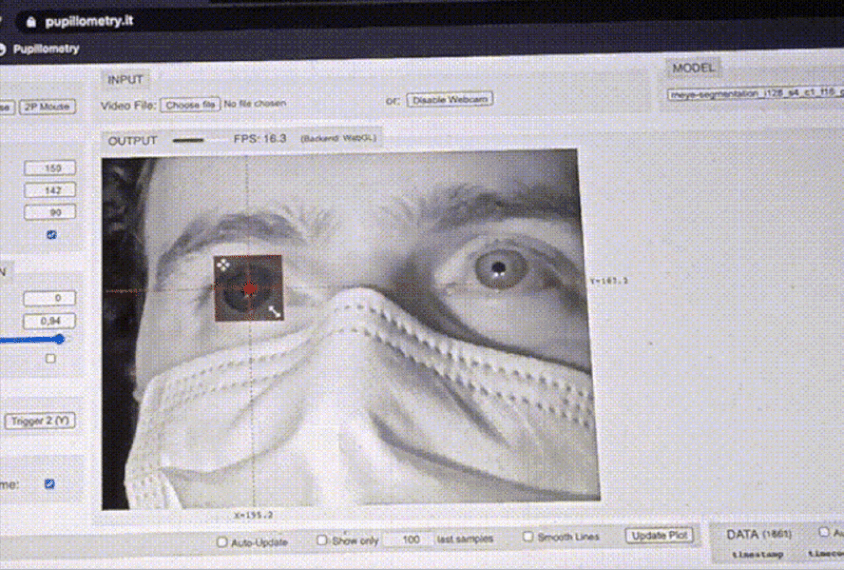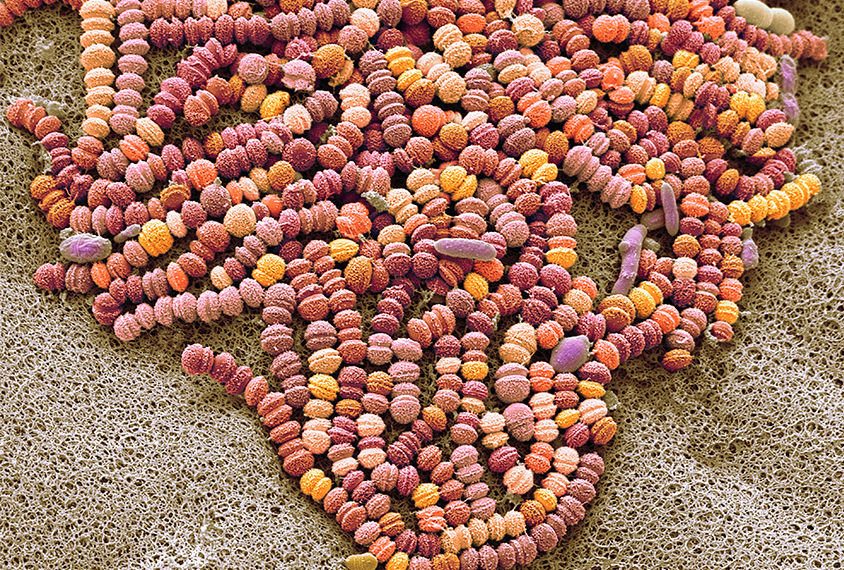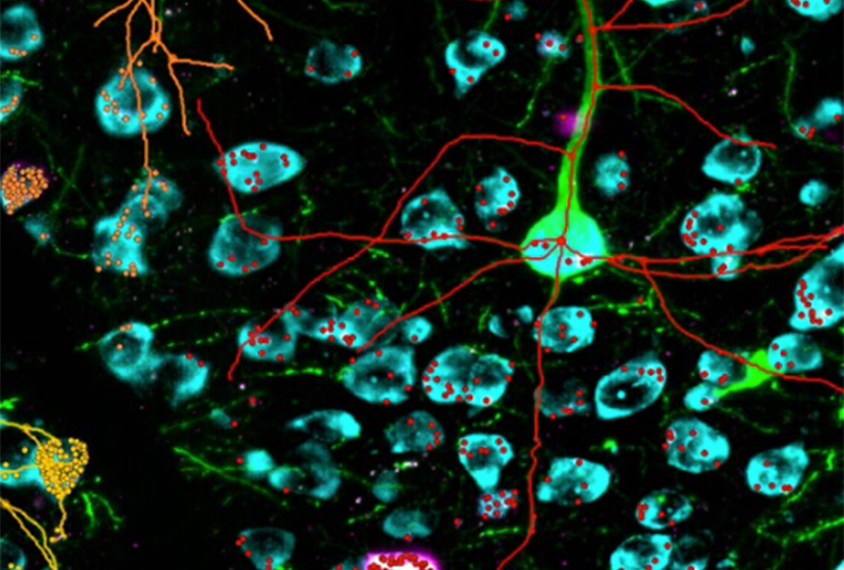Rahul Rao is a freelance science writer, graduate of New York University’s Science, Health and Environmental Reporting Program, and “Doctor Who” fan.

Rahul Rao
From this contributor
Web app tracks pupil size in people, mice
The app relies on artificial intelligence and could help researchers standardize studies of pupil differences in autistic people and in mouse models of autism.
New library catalogs the human gut microbiome
Researchers put hundreds of gut bacteria strains through their paces to chart the compounds each creates — and to help others explore the flora's potential contribution to autism.
New unified toolbox traces, analyzes neurons
‘SNT’ helps researchers sift through microscope images to reconstruct and analyze neurons and their connections.
Explore more from The Transmitter
The Transmitter’s most-read neuroscience book excerpts of 2025
Books by Nachum Ulanovsky, Nicole Rust, and Andrew Iwaniuk and Georg Striedter made the list of some of the year's most engaging neuroscience titles.

The Transmitter’s most-read neuroscience book excerpts of 2025
Books by Nachum Ulanovsky, Nicole Rust, and Andrew Iwaniuk and Georg Striedter made the list of some of the year's most engaging neuroscience titles.
Neuroscience’s leaders, legacies and rising stars of 2025
Here are seven stories from the past year about some of the field’s most engaging figures.

Neuroscience’s leaders, legacies and rising stars of 2025
Here are seven stories from the past year about some of the field’s most engaging figures.
The Transmitter’s top news articles of 2025
Check out some of our most-read stories, covering neuroscience funding and policy changes in the United States, and methodological issues in high-profile neuroscience papers.

The Transmitter’s top news articles of 2025
Check out some of our most-read stories, covering neuroscience funding and policy changes in the United States, and methodological issues in high-profile neuroscience papers.


